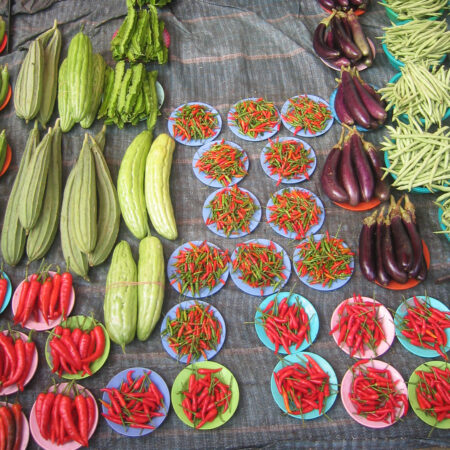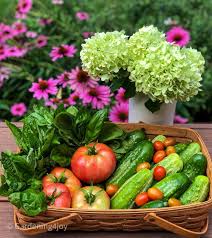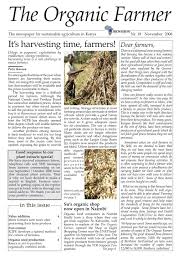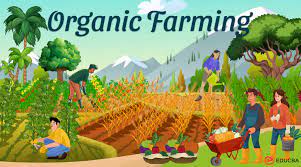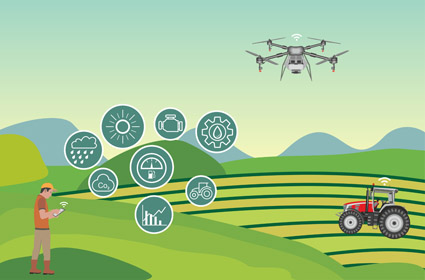
Smart farming, also known as precision agriculture, is a modern farming practice that leverages technology to optimize farming operations and maximize yields. With the advent of the Internet of Things (IoT), farmers can now automate and remotely manage various aspects of farming, from soil monitoring to livestock management. This article will explore the role of automation and IoT in smart farming and their potential benefits.
Smart farming automation involves the use of machines and software to streamline farming operations. Automation can significantly reduce manual labor, increase productivity, and reduce costs. Examples of smart farming automation include precision irrigation systems that use sensors to measure soil moisture levels and automatically adjust watering, automated fertilization systems that apply the right amount of fertilizer based on the soil’s nutrient needs, and autonomous tractors that can be remotely controlled and programmed to plow fields.
IoT devices, on the other hand, provide real-time data on various aspects of farming operations. IoT sensors can collect data on soil moisture, temperature, humidity, and other environmental factors. This data can then be transmitted to a central hub or cloud-based platform, where it can be analyzed and used to make informed decisions about farming operations. For example, farmers can use IoT data to determine the optimal time to plant crops, identify areas of the farm that need extra attention, and track the health of their livestock.
The benefits of smart farming automation and IoT are numerous. By automating farming operations, farmers can significantly reduce labor costs, which can account for up to 50% of total farming costs. Automation can also improve the quality and consistency of crops by ensuring that they receive the right amount of water, nutrients, and other inputs. This can result in higher yields and increased profits.
IoT devices can also help farmers reduce waste and increase efficiency. By providing real-time data on soil and environmental conditions, farmers can make informed decisions about when and how much to water, fertilize, and apply pesticides. This can help reduce water and chemical usage, resulting in lower costs and a reduced environmental impact.
In addition to the benefits to farmers, smart farming automation and IoT can also have a positive impact on the environment. By reducing waste and optimizing resource usage, smart farming can help reduce greenhouse gas emissions and conserve water resources. Smart farming can also help preserve soil health and reduce soil erosion, which is critical for long-term sustainable farming.
In conclusion, smart farming automation and IoT are transforming the agricultural industry, enabling farmers to optimize their operations and maximize yields while reducing costs and minimizing environmental impact. As the technology continues to evolve, we can expect to see even more innovative solutions to help farmers improve their productivity and sustainability.



